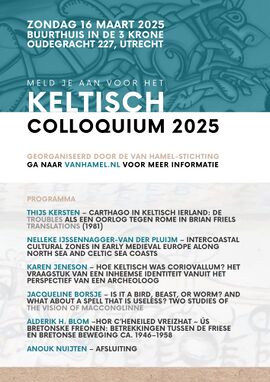Project:Approaches and subprojects
Taking into account both the mission and collaborative nature of the project, the main editing process can be roughly conceptualised as comprising three interwoven strands of activity. The reality of editing practice can be slightly messier (especially when it comes to grey areas: there may be semi-concrete aims but no obvious subproject involved), but the project model below should help you form a mental picture of how your contributions and those of others in the team may relate to and interact with the project as a whole.
1) Creating the entries
Since the project is working toward a comprehensive guide to the sources, one of the ongoing priorities is to cover as many texts, manuscripts and publications as possible, with at least some basic information to be given about each of these. Although in many cases, it may be helpful or even recommended to have the process coordinated through a workgroup/subproject, it is a core activity which does not necessarily require or depend on one. What is meant by ‘basic information’ depends somewhat on the topic being described, but the following areas tend to take priority:
- for texts: sources (editions/translations and key secondary sources); manuscript attestations; language; a short description of the text; and appropriate categories.
- for manuscripts: sources (diplomatic editions, printed or digital reproductions, catalogue descriptions); approximate date of the manuscript; short description of the manuscript; and appropriate categories.
- for publications: publications details; appropriate categories (currently being revised); metatagging for texts, manuscripts and other publications.
2) The ‘subprojects’
To drive this project forward and to see to it that site visitors know what to expect, it is evident that we need to set specific aims and concrete plans for ourselves. A long anticipated if relatively recent development, therefore, is the creation and coordinated use of ‘subprojects’ in Category:Selga subprojects. Their focus can be defined by a given subject area, such as a group of texts or manuscripts, or a particular modus operandi. Two advantages may be singled out:
- (1) It provides the most effective means of stimulating, facilitating and streamlining cooperation between team members. Of course, the level of participation may vary. Most subprojects are best suited for teamwork, although there are some which for whatever reason, may be undertaken by one or two individuals. To go a step further in the other direction, subprojects may have much to benefit from partnerships with relevant institutions or research projects.
- (2) A subproject allows for a more in-depth approach to the subject under consideration. While the term ‘catalogue’ may bring to mind summaries of little more than key facts and scholarly views about each topic or subject, the selgā catalogue is intended to go far beyond these restrictions. Subprojects should also help me, and anyone else involved in that part of the process, to get a clearer perspective on how to organise and present metadata, something which is becoming more important as the catalogue grows.
Subprojects can be suggested by anyone and collaboratively formed and coordinated. You can add or propose a subobject by creating and editing a new page using Form:Project, or you can pick an existing project page and add a specific task or proposal. If you are part of a research project, you are encouraged to think about and set up a subproject of mutual benefit. After all, the project invites specialists to use the catalogue as a virtual workbench for their research.
Since our experiences with subprojects are still limited at this stage, some experimentation will be necessary. What we want to avoid at all cost is that their management should impose a heavy administrative burden on any editor involved. If anything, it should make things easier.
3) The ‘idiosyncratic’ approach
It should also be recognised that part of the attraction of being able to work and engage directly with a rich, structured resource lies in what it has to offer one’s personal interests and routine of study. As an individual you may have very specific aims that do not necessarily fall under any neatly defined heading, let alone subproject: for your own reference and the convenience of anyone else taking an interest, you may simply want to add a bibliographical record with a brief summary (e.g. something you come across in your readings and need to be able to locate later on), add information about a particular manuscript copy that has been overlooked, etc. These smaller efforts remain an important and compelling part of selgā, partly because it allows for personal usage by editors and partly because it tends to fill in gaps that otherwise remain neglected or overlooked.
 |
An editor’s guide to *selgā | ||
| QUICK LINKS | GENERAL | HELP | |
| TEXTS Form / Category / Browse / Search MANUSCRIPTS BIBLIOGRAPHY |
ABOUT Project:*selgā (general) / Approaches and subprojects / How site content is organised INTERFACE PRACTICE |
EDITING Editing (general) / Using forms / Using templates / Page titles / Text formatting / Semantic annotation / Citing sources COMMUNICATION KEEPING TRACK | |




